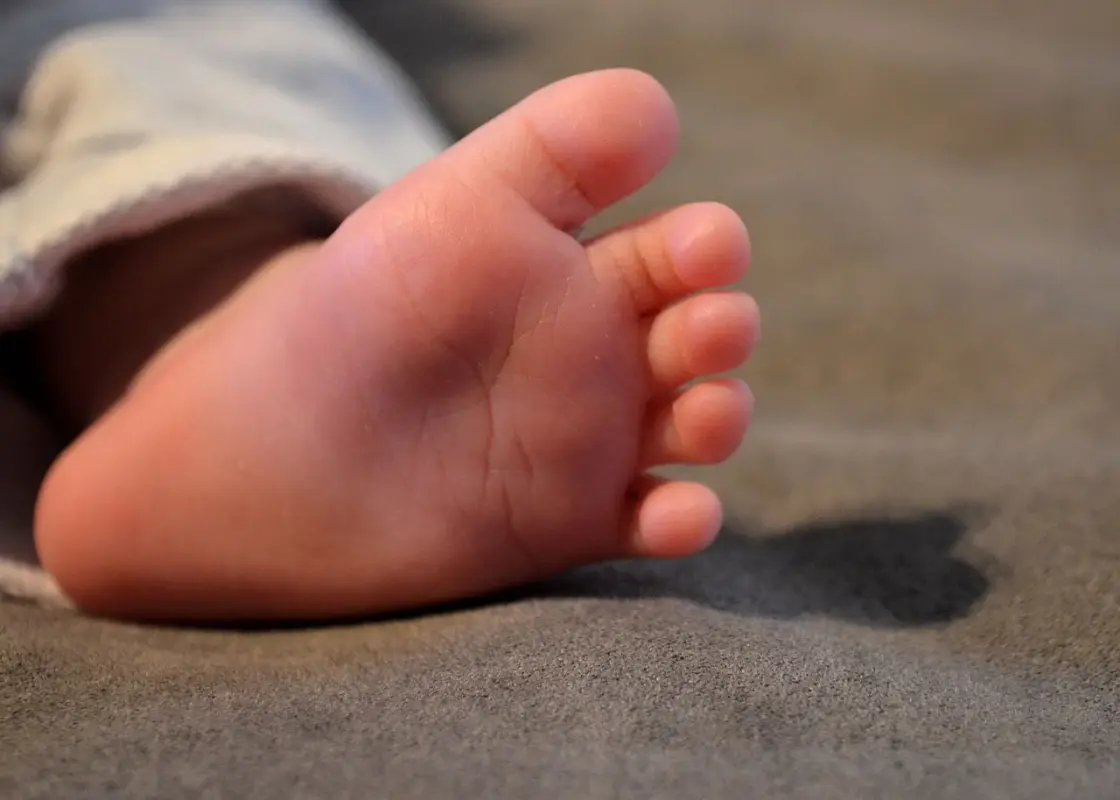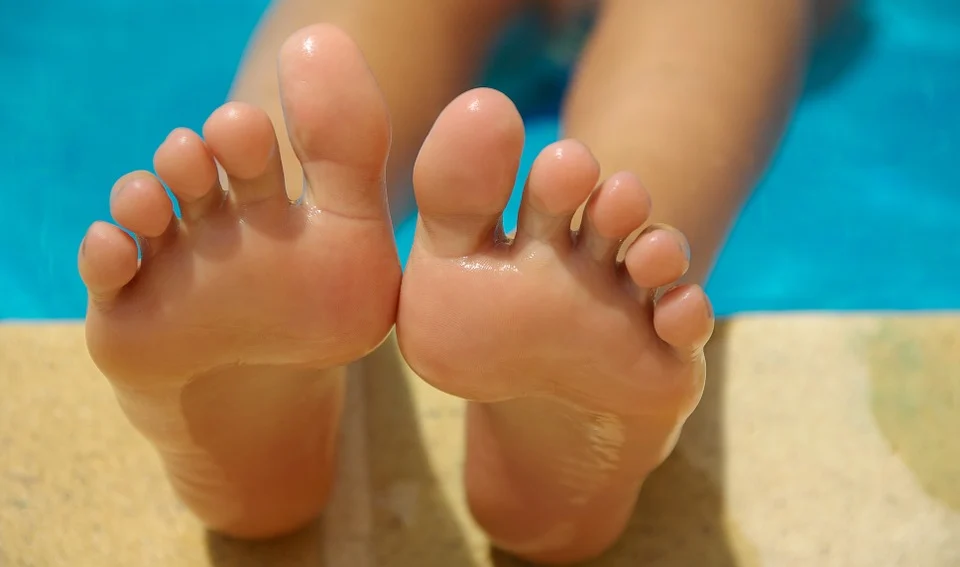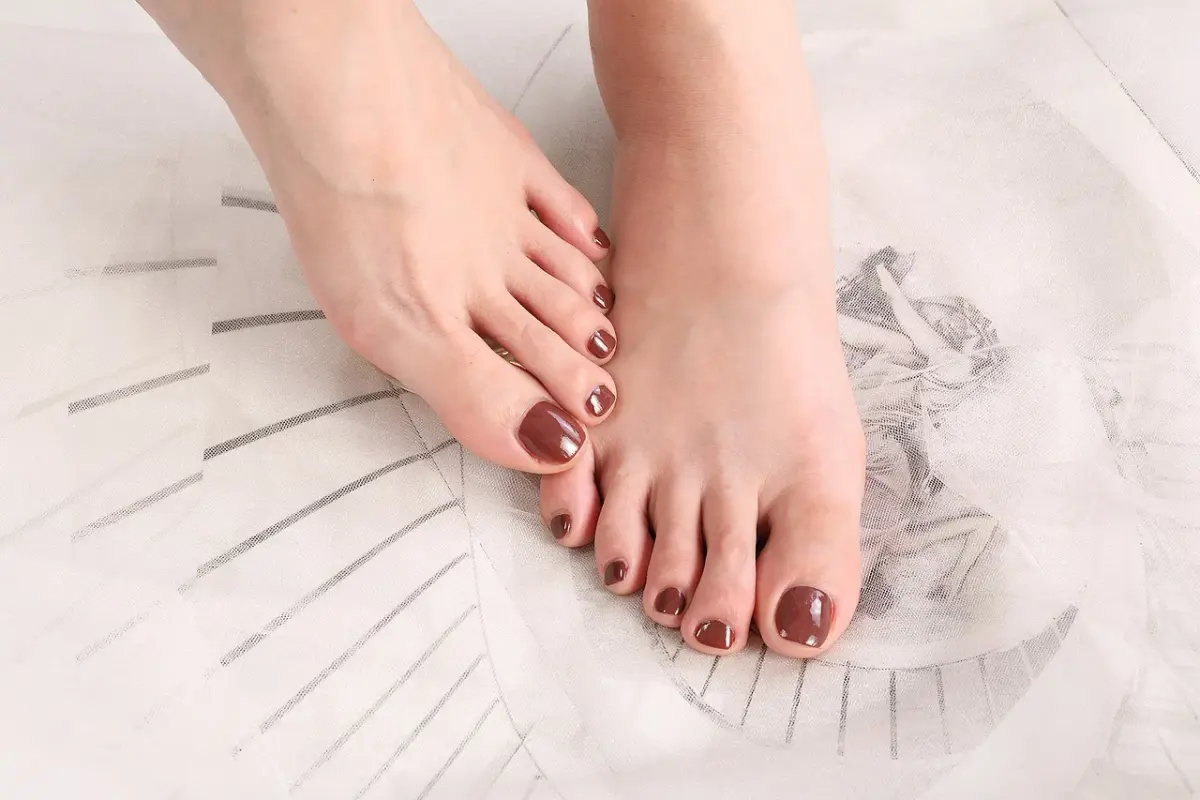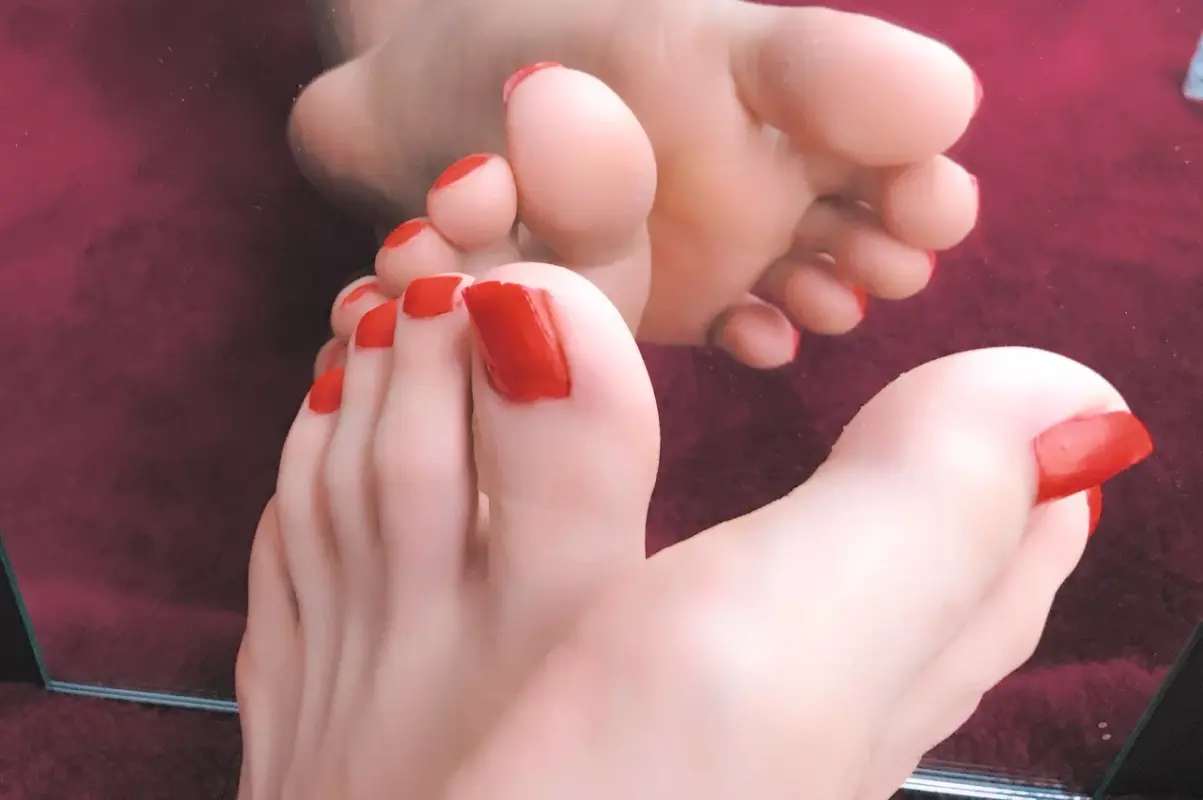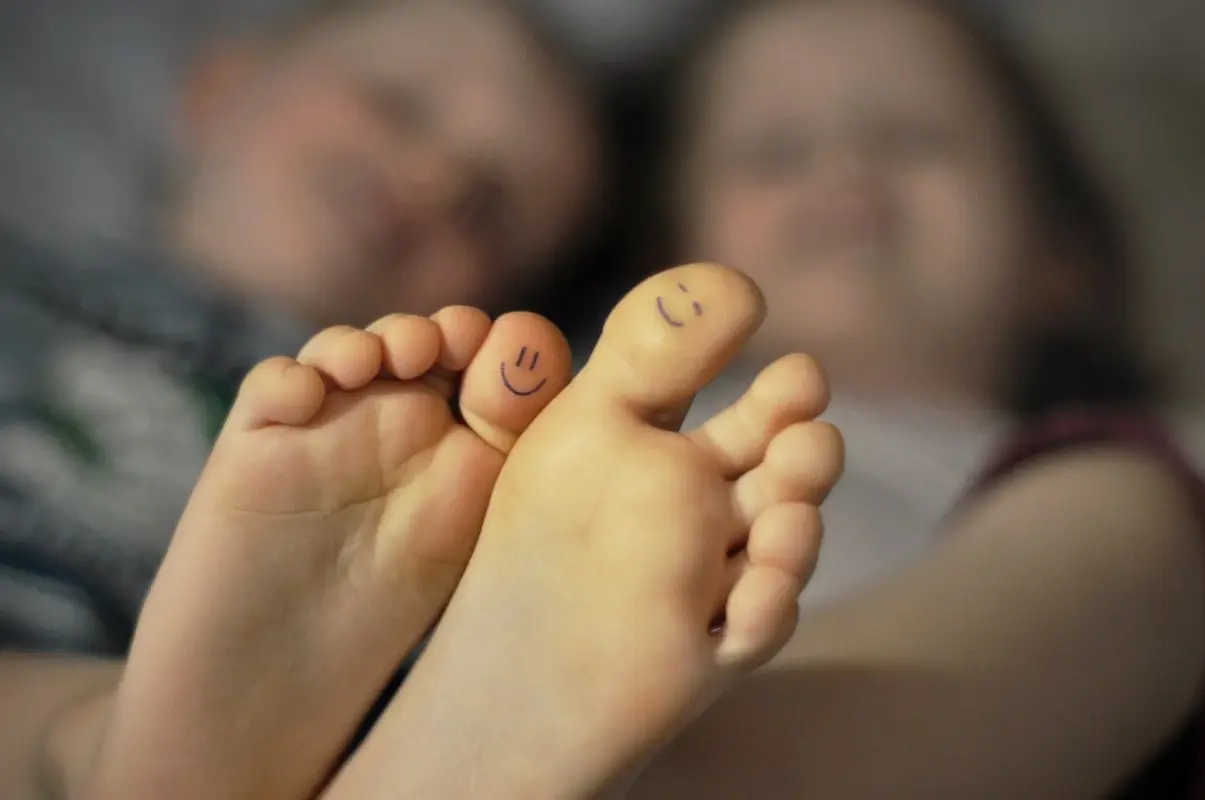Yoga for Heel Pain: योग से ठीक करें अपनी एड़ी का दर्द, देखें वीडियो

Yoga for Heel Pain: अगर आपको भी होता है हील पेन या है Plantar fasciitis तो उसके लिए योगा में है इलाज, हमारे योगा एक्सपर्ट गौरव चौहान बताएंगे आपको इसका योगा से इलाज. देखें पूरा वीडियो.
Posted by on 2024-01-16
Top 5 Best Shoes for Foot Pain in 2024

Foot pain can be caused by a variety of factors, including injury, overuse, and medical conditions like plantar fasciitis or arthritis. Wearing the wrong
Posted by on 2024-01-15
Singapore Paincare Halts Trading Pending Outcome of Announcement

-- Singapore Paincare Holdings requested for a trading halt with the Singapore Exchange on Monday morning, pending the release of an announcement. The trading halt is effective immediately,...
Posted by on 2024-01-15
The 12 best wide fit boots to see you through the winter months

Because nobody should have to compromise on style for comfort
Posted by on 2024-01-11
